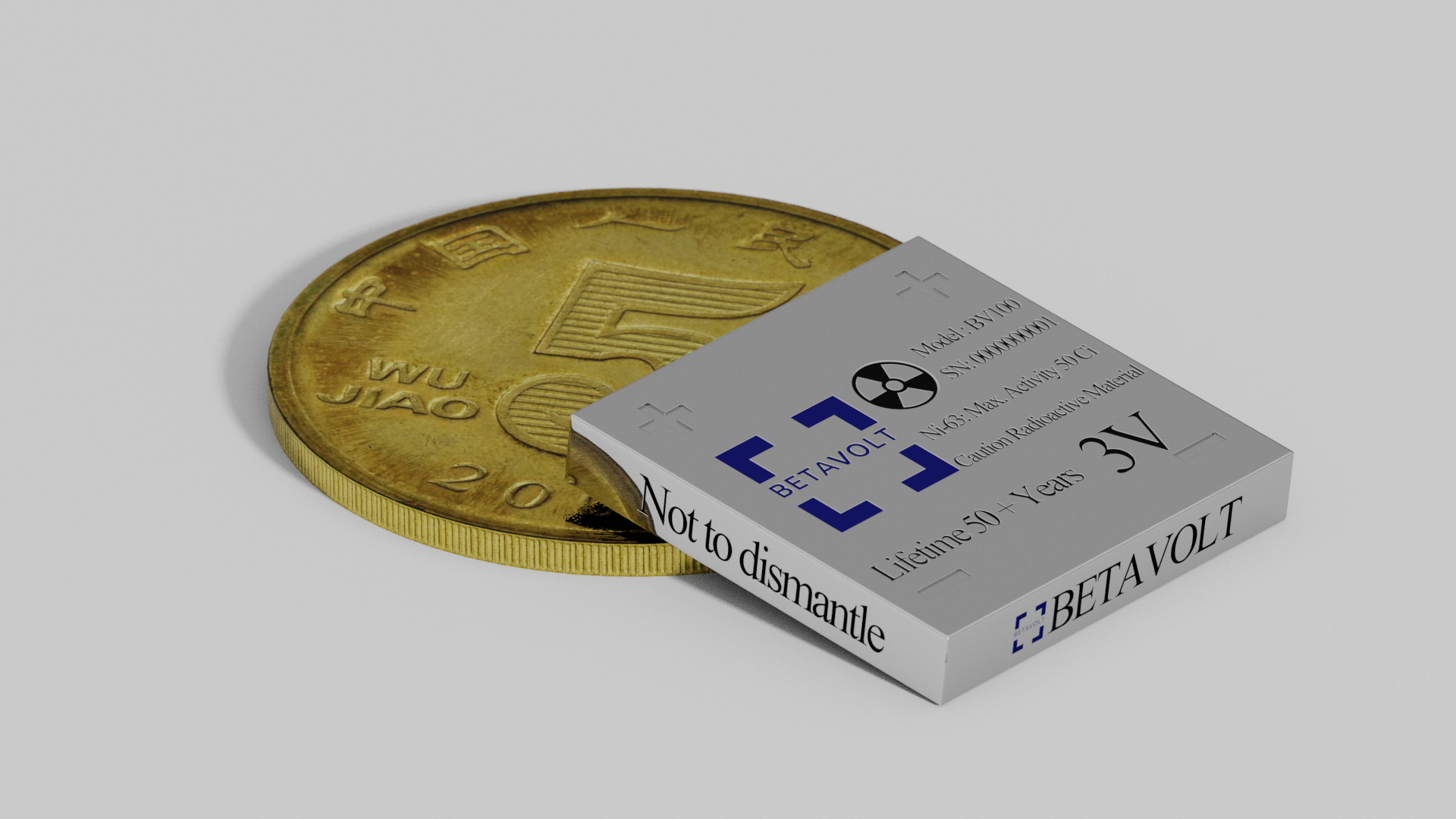A 50 year, nuclear, 100 MICROwatt battery. But sure. Will def get approved.
100 microwatt per battery, but the battery itself is tiny, 15x15x5 mm. Average cellphone battery is ~ 30x60x5 mm, so you can fit 8 cell there. Is it enough to power a phone?
0.8 watts? Honestly, I think it gets closer than I was expecting.(edit: millli/micro, messed it up. This is a tiny amount of power. Needs to get near that 1W they are aiming for to be useful). Searching around, I see estimates of 5-20 watts when fast charging, and 1-2W in standby mode. The article says they are aiming for 1W in the next couple of years, which can probably do it. However, it’s not clear what peak output it. You would probably use half the space for a normal battery and half for this power source, so that the phone can charge itself but also have a higher output when it’s needed.It probably doesn’t even need to provide all the power. Imagine if your phone would trickle charge wherever you were. If you’re watching netflix you might run out of battery and have to charge. If you aren’t using it much, even if the output of these things can’t keep up, the battery could last days or a week on a charge before eventually running out.
The article says they are aiming for 1W in the next couple of years, which can probably do it.
They won’t magically improve the power density by three orders of magnitude. They’re just trying to defraud their investors.
Another revolution in battery tech? Man, is it Friday already? Look how time flies…
But it is a miniature RTG…
… but wont.
Give us this day thy daily revolutionary battery invented tech journalism hype bullshit
Could be good for a LoRa node. But obviously won’t hit the market.
One day there will be a revolutionary battery but it won’t get funding because of these people making insane claims.
Once they have a one watt version, this would be good for trickle charging when you are not using the device, such as when you’re sleeping. But you would definitely need a lithium battery alongside it for normal use.
It would be great to have an ultra-low power mode for emergency calls.
that contains 63 nuclear isotopes.
the nickel 63 isotopes
AI article?
Too many of those floating around. Another gem I recently stumbled upon was power consumption of 4.7 watts per watt.
The article is really funny, because they talk about how this company’s innovation could be used in pacemakers. When they had betavoltaic pacemakers in the 1970s. https://en.wikipedia.org/wiki/Betavoltaic_device
The innovation isn’t the product, it is the manufacturing. The cells in pacemakers had the housing of the pacemaker to protect from puncture.
These devices are meant to go in portable electronics so puncture safety is far more critical.
Honestly radioactive copper as a low volt lifetime battery is an interesting idea. It won’t live power a phone but it could charge it while inactive.
Good for camping where solar isn’t viable.
You’ve touched on a great point. The power provided is so low that solar can effectively provide equivalent power in nearly every application except one where the continuous operating environment is pitch black. 15x15mm for 0.0001w is small. For comparison, that’s about 1/6 of the power that falls on a 15x15mm patch in an indoor office (300lux environment with led lighting), out about the same as could be harvested by an efficient solar panel off the same size. You could collect a full days power from this battery (and store it in a 2mm thick li cell behind the panel) in roughly three minutes of sunshine or ten to fifteen minutes on an overcast day.
There certainly are applications where it would be useful, but most could just as easily be served by a small solar patch and lithium cell or super capacitor.
100 microwatts.
Lol so the same as almost every other nuclear battery.








